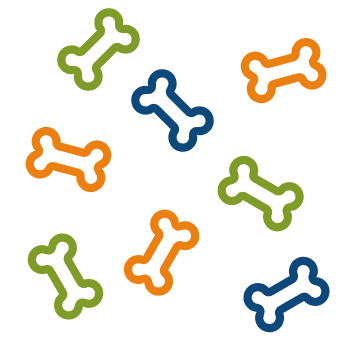What can dogs eat?
Written by Mara |
We often focus on foods that are toxic to dogs. But how convenient would it be to have an overview showing which foods your dog can and cannot eat? We've created a handy guide with various types of fruits and vegetables, so you can quickly see whether these foods are safe for your dog or not!

We often get asked whether a dog can eat a piece of strawberry or, for example, tomato. Below, you’ll find an overview of various foods that the Veterinary Team at Medpets frequently receives questions about.



